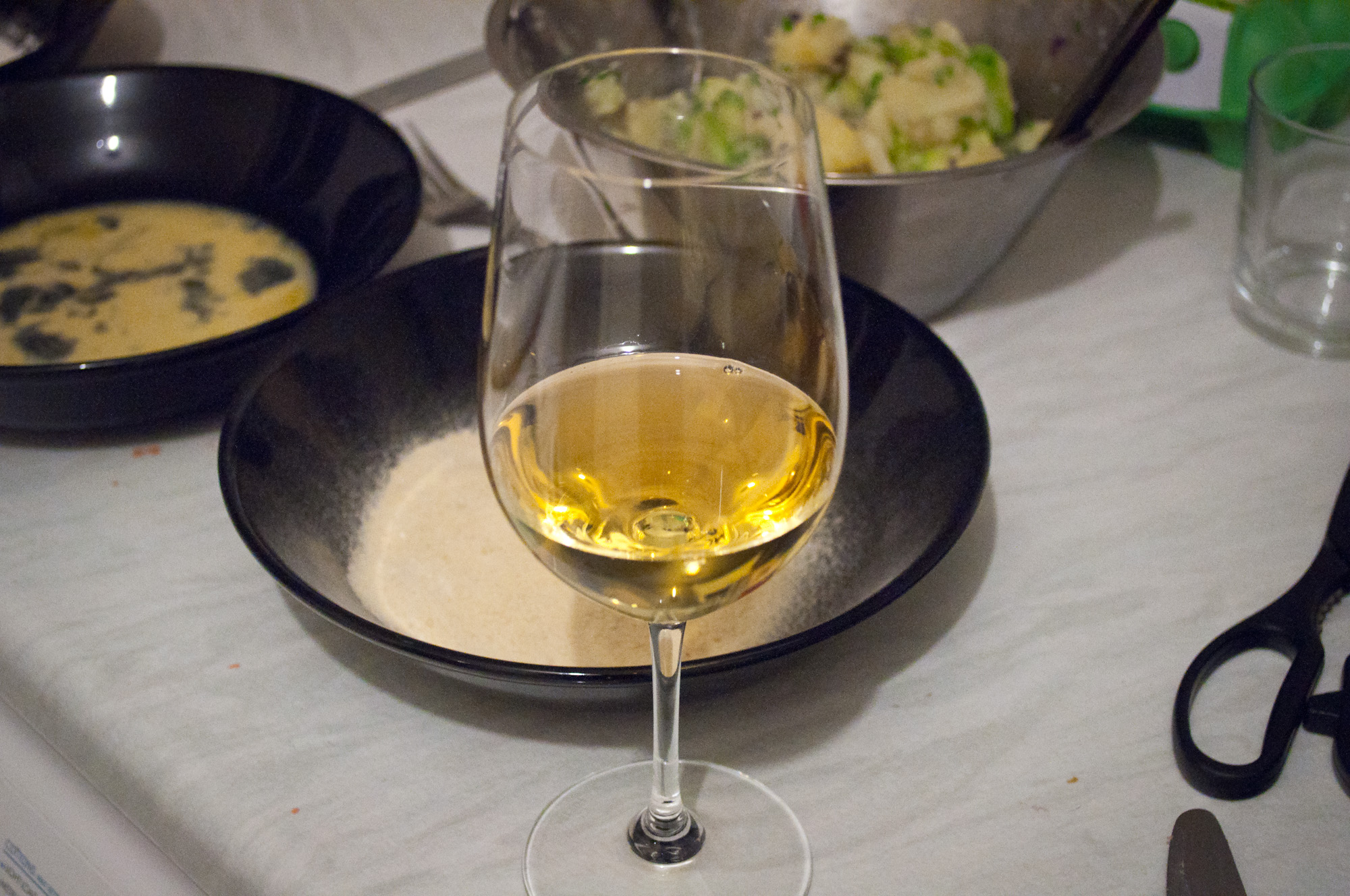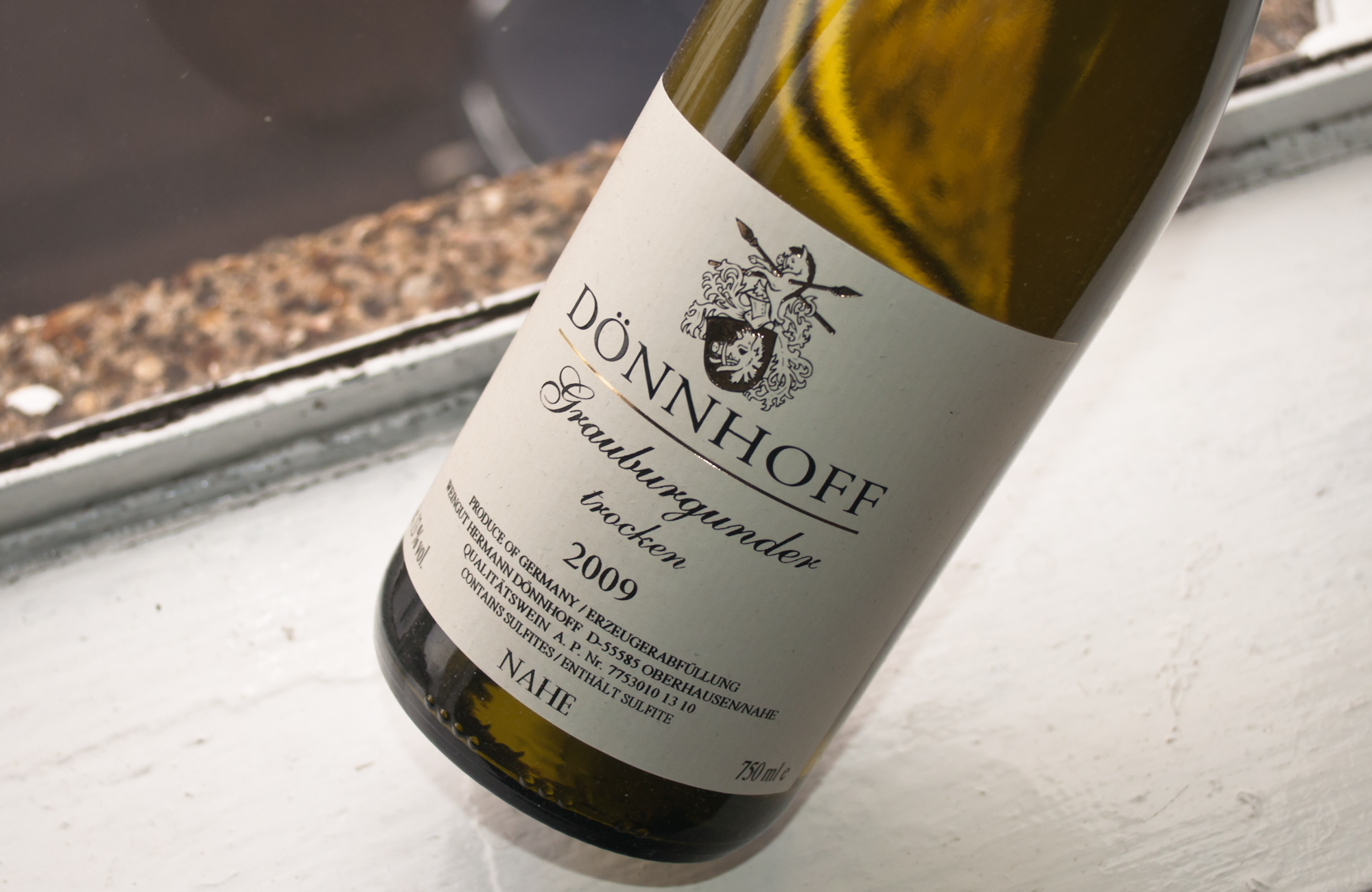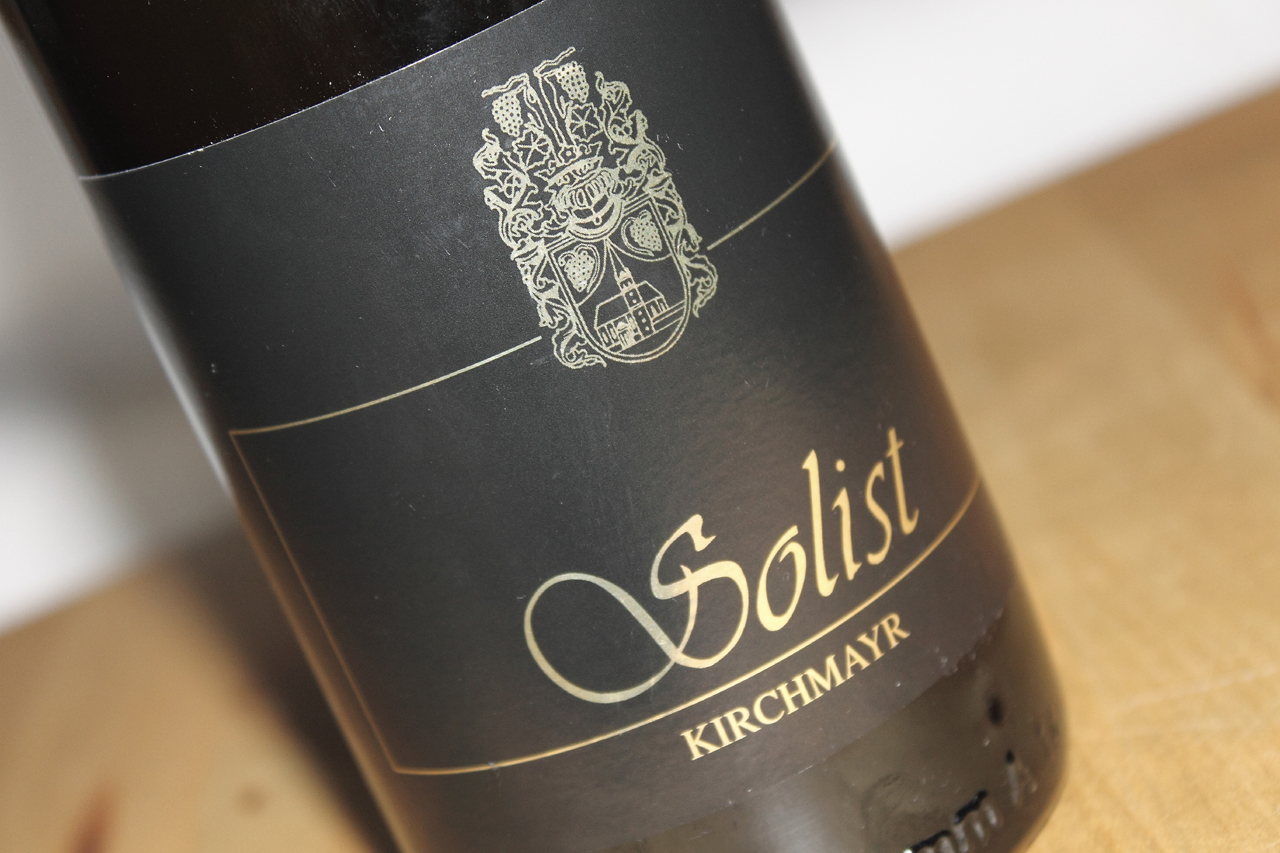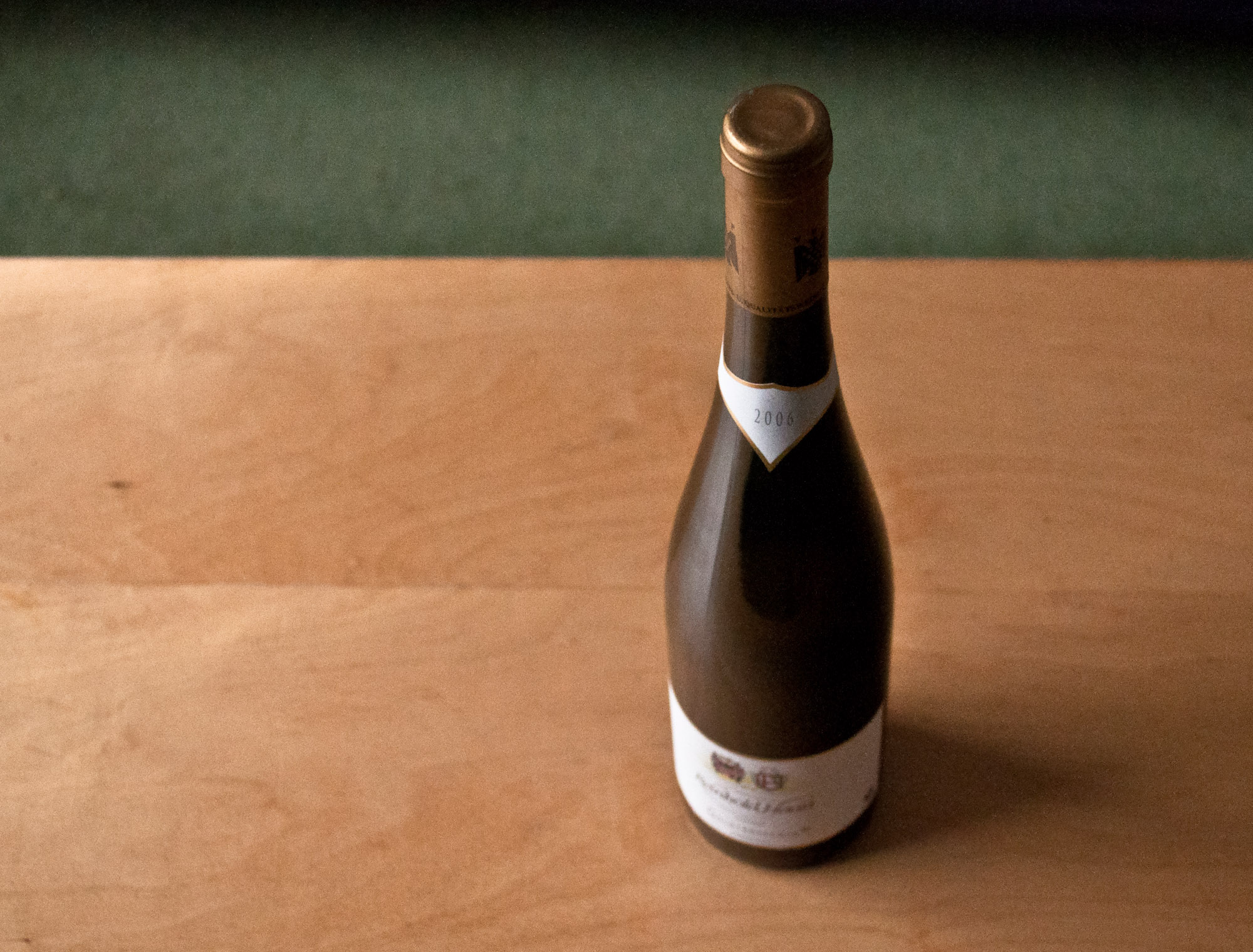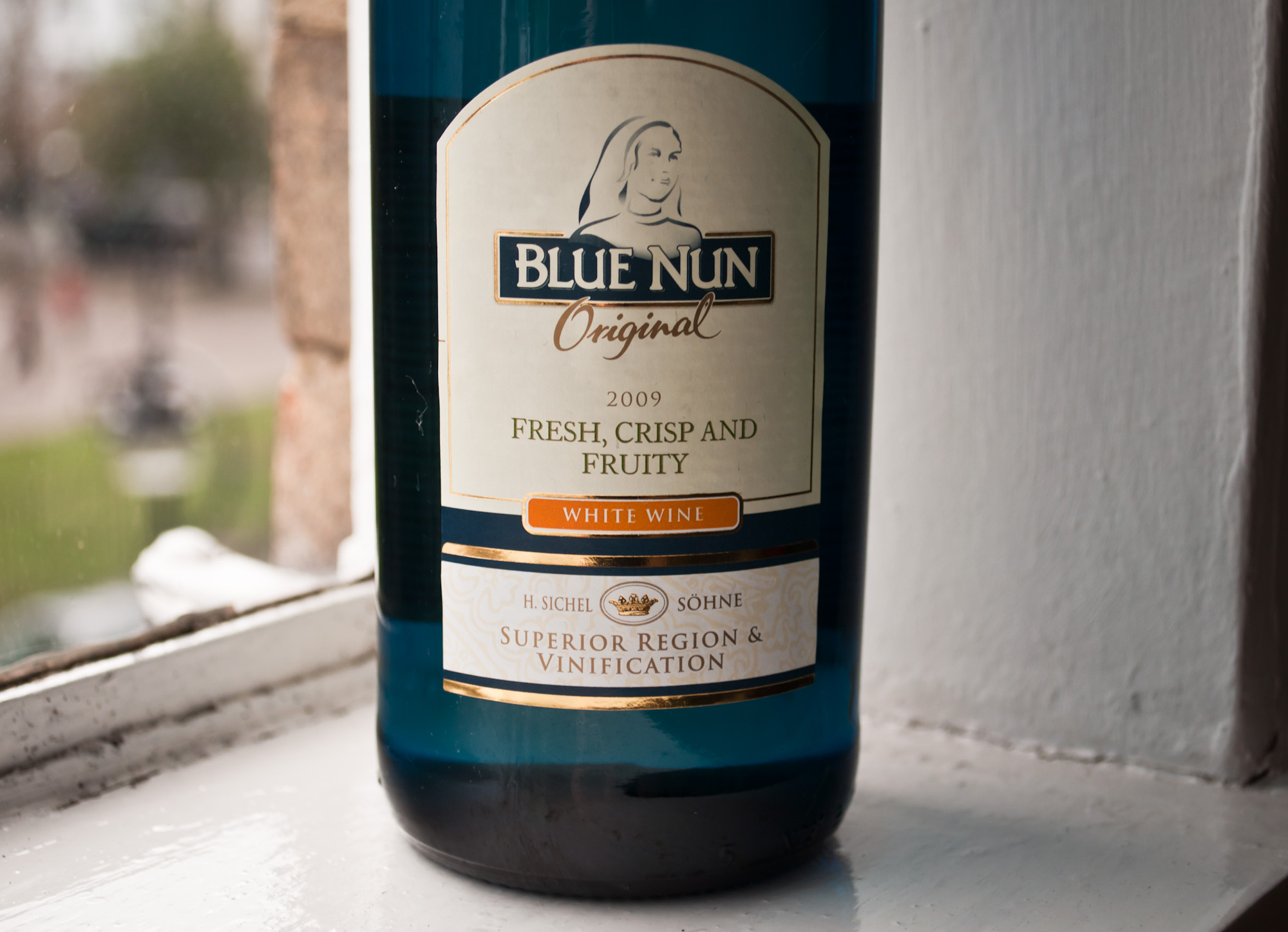Sona, St. Martiner Baron, Riesling Kabinett feinherb, 2009
Sometimes you have no idea what you are looking at. The other day I pulled a bottle out of a newly arrived cask of wine that I hadn't actually ordered - nor had I heard of the winery before! Turns out that the wine merchant had sneakily squeezed it into the box as a thank you for a good customer. Herr Behringer also asked me for my opinion.

Following the recent debate on neutrality of wine bloggers I should probably add that this is the first wine we have received from Behringer without paying, that he did not ask us for a review and that the wine is not in his portfolio (I wonder if he plans to change that though). Anyway, Mr Behringer, here goes.

